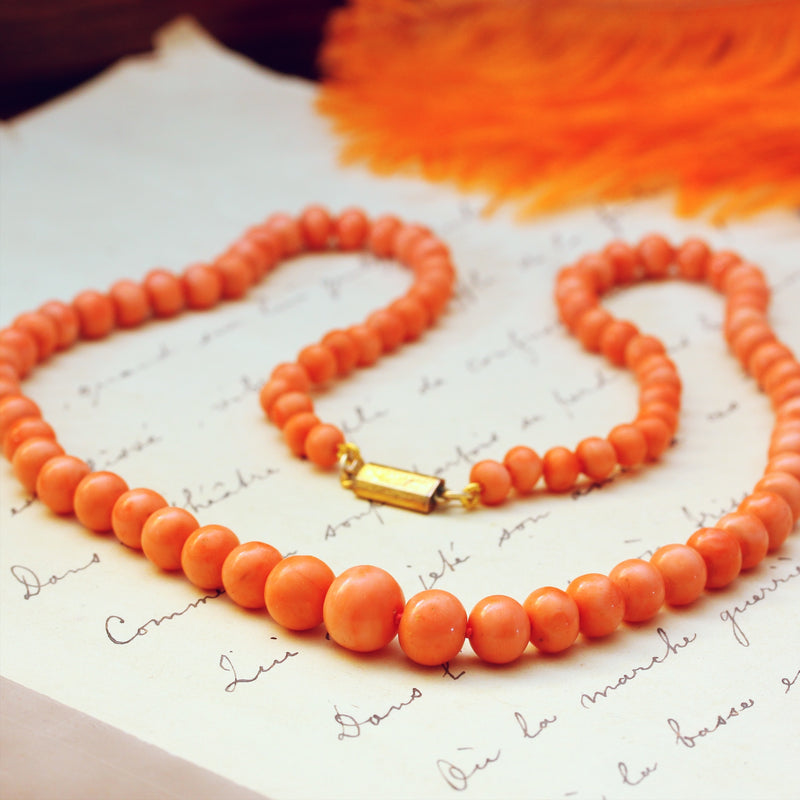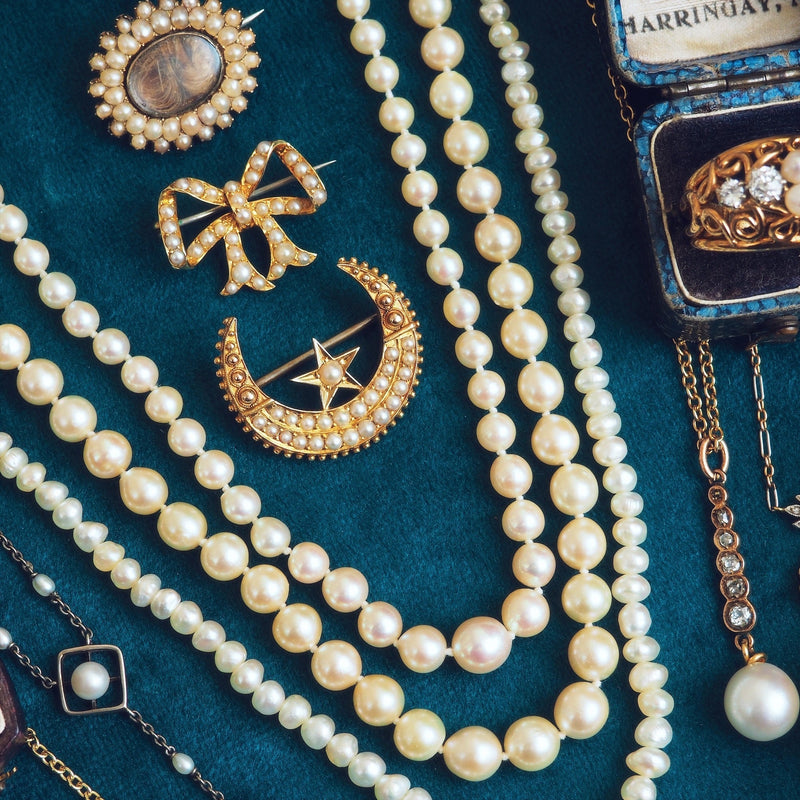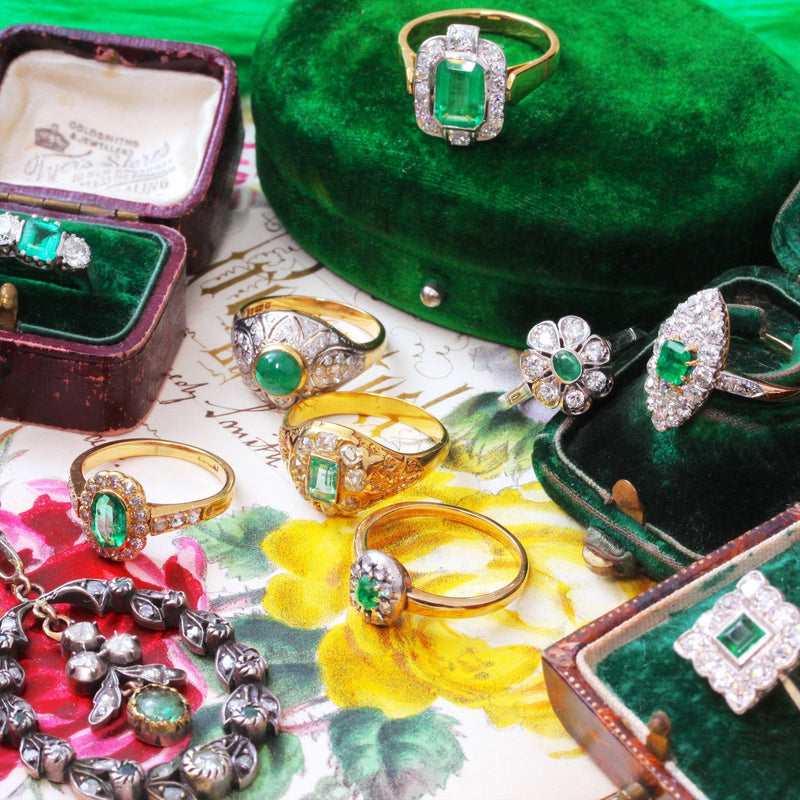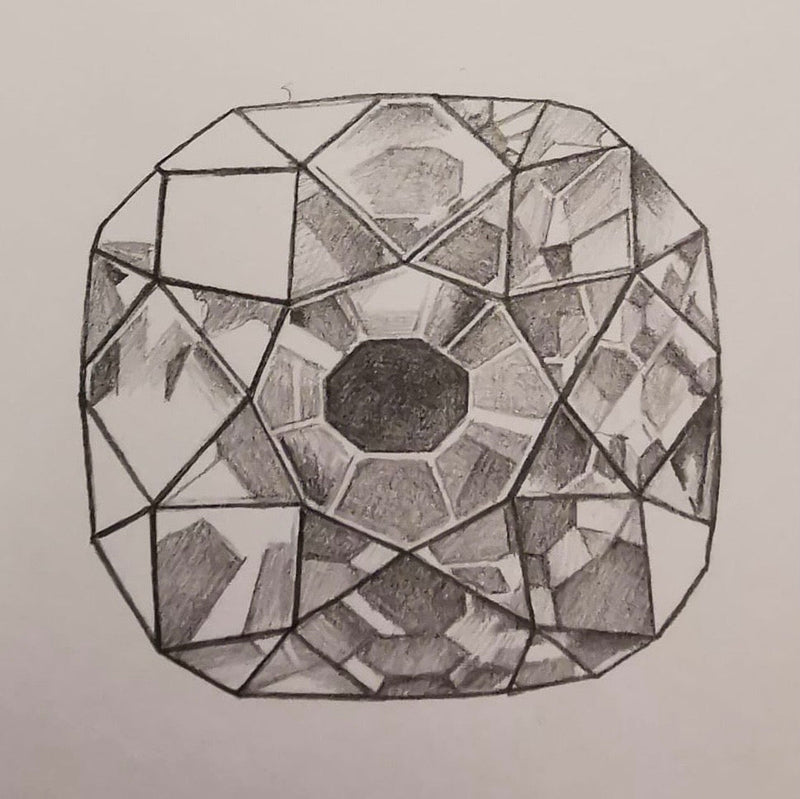
Discovery of the Coral Banks
In the spring of 1875, a local fisherman off of the the cape of San Marco near the town of Sciacca in Sicily found branches of Coral in his net. A variation of Corallium Rubrum which is an unusual orange and salmon pink colour; his find led to the discovery of significant quantities of this Coral at the site of reefs 30 miles out to sea in the Strait of Sicily with the main Coral bank located at the site of a volcanic island, Ferdinandea. Collected from astonishingly wide and deep layers of ancient Coral forests, and with two further beds being discovered subsequent to the first in 1880, they are a unique phenomenon now considered to be the greatest deposit of Coral in the world.
The Fishing and Industry of Sciacca Coral

'While the fishermen of Sciacca had a long tradition of anchovy and sardine fishery, they knew nothing about red coral. So they decided to go and see some fishing crews from Torre del Greco (Naples) who were coral fishing in the nearby Trapani area. When the fishermen of Torre del Greco heard about the Sciacca bank they rushed to the site, well aware of its economic potential (Rajola 2012).' Cambridge Scholars. The Sciacca reefs were worked in the 19th century by hundreds of Coral fishermen with a vast output over the until almost depleted in 1915.
From Cambridge Scholars
'The Mediterranean red coral fishery was turned upside down by the discovery of three extraordinary sub-fossil coral deposits in the Sicily Channel off the town of Sciacca. The Italian fleet developed quickly in response to the discovery reaching the impressive number of 2,000 boats. It was a real “coral rush” that, in only 34 years (1875–1888 and 1893–1914), completely depleted the banks. The best harvests occurred in 1880 and 1881, when about 4,492 tons and 2,630 tons were collected, respectively. The yield from the Sciacca banks reached the extraordinary amount of 18,000 tons, which represents about 90% of all the red coral harvested along the Italian coast in the previous 150 years. After the Sciacca period, the coral fishing fleet declined due to a combination of circumstances including the considerable amount of raw material still available from the “Sciacca rush”.

Sciacca Coral has an exceptional and different colour from all other types of Coral ranging from paler to the most intense pink salmon. It is composed of long, tapered branches and generally does not exceed 8-9 millimeters in diameter, the clumps are not large and due to their shape and size they were used mainly to create little balls, buttons, beads, cops and "cannette" (a typical cut in the shape of a very narrow tube). 18,000 tons....that's a whole lot of beads!!
Scientific Studies
Again from Cambridge Scholars;
'It was immediately apparent that the coral branches were dead, since they were lying in thick mounds on a flat, muddy sea floor.'
The Coral pieces were bleached to a whitish roughness on the outside when found and worked to reveal the gorgeous beauty of the inner hues. The reason for this has since been uncovered when scientific studies revealed that the Sciacca Coral beds were found to be deposited in an area of volcanic activity. With multiple underwater eruptions (the most recent in 1831), a sulphurous environment and volcanic ash had killed the Corals, tearing them from the rocks and buried the Coral forests leading to their being sub-fossilised (which explains the bleached outer appearance) and never substantially repopulated.
Sciacca Coral is considered the only Coral of its type in the world and could be said to be a more ethical source as there is still plenty which was collected over a century ago available to work, and also the Coral itself is not from a living source.
See the Sciacca Coral we have in our current collection.








